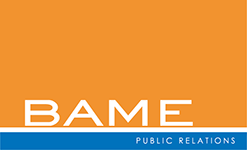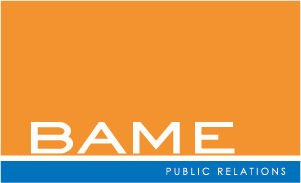So What? How to Write Client Alerts That Get Read and Get Results
When you are writing or editing a client alert, have you asked yourself, “So what?” That is the first question you should ask according to Peter Darling of the Repechage Group, a consultancy that advises law firms and others on content strategy. Peter was the featured speaker on a Legal Marketing Association Webinar hosted by the PR SIG on November 29. During the webinar, Peter provided detailed advice and examples to help law firms increase the odds that client alerts do not become a wasted effort.
Peter shared the first thing he learned in his writing career: before you write something, you need to ask who is the audience and why the content is important to them. More importantly, the author needs to give the reader a reason to care.
As a former practice attorney, Peter said lawyers are trained to ignore the key principles of creating great content, largely because they aren’t taught to need to. A pleading can be boring but it will still be effective. He used a musical analogy to make the point that everyone involved in the writing process plays an important role in creating content. The attorney is the recording artist, the star. The law firm is the producer, and you, the content creator, are the session musician who makes everything sound great!
Peter talked about the three R’s of content writing to ensure an audience reads the content to the end, reacts by doing something about it and remembers it for later.
Reading
In order to be read, the content has to matter to the reader, not to the attorney who is the author. It needs to overcome countless distractions in the reader’s time. So it must be efficient and get to the point quickly. As Strunk and White’s authors famously wrote, “Omit needless words.”
Anything you can eliminate to move the story forward, eliminate it. Avoid too much detail and too much information on aspects of the issue that are unlikely to matter to the reader. Completeness is not the issue here; speed and clarity are what matter.
- The content should be tactical. In this context, that word means straightforward, usable and not lost in abstractions. Law can be very theoretical; your content should not be.
- Your content should be engaging: interesting, pleasant and not demanding too much of the reader. Write like a human being. Keep it informal when possible.
- Use your design to create visual cues about most important aspects of the content. Design is important. It’s the “suit” your content wears.
- Create and manage your transitions well. Make them clear and easy to follow. Mediocre transitions make the content hard to read, and cause the reader to give up.
Reacting
Once you have the reader’s attention, how can you ensure readers responds the way you want them to? Here are some ideas:
- Be as specific as you can – tell them what you want them to do, or not do.
- Create a sense of urgency and actionability
- Keep track of time – If there is any deadline, tell them about it. If changes are anticipated, communicate the time-based urgency.
- Write about their business, not the law – focus on what they need and how you can help them.
- Capture risks and unknowns. Tell them what might happen or what you don’t know about. If there are significant or unknown risk factors, address them.
- Provide three to five action items at the end. Don’t just tell them what to do, tell them when or where.
Remembering
This is where real thought leadership takes place. Thought leaders look at things differently. They say the unexpected, and they focus on old situations and view them in new ways. Your goal is to start a conversation and establish credibility and expertise, not to sell.
Peter also says the best content is written with some personality. The author’s voice and perspective are unmistakable. This is the type of branding that law firms need, and to do it consistently can be a challenge.




